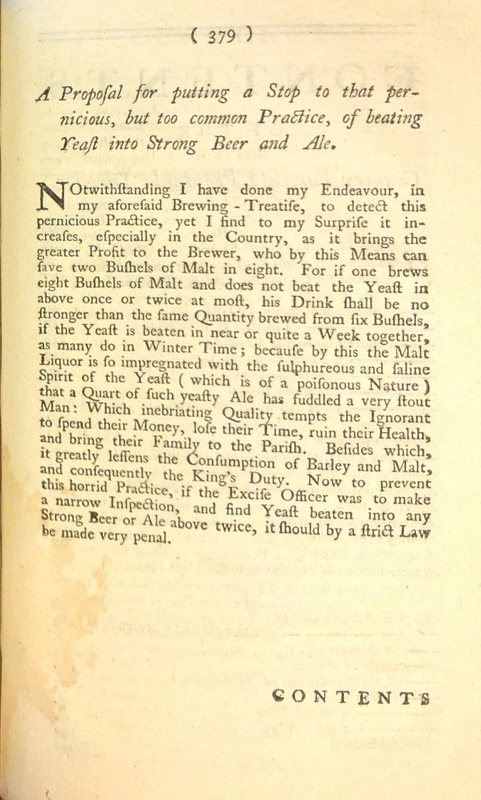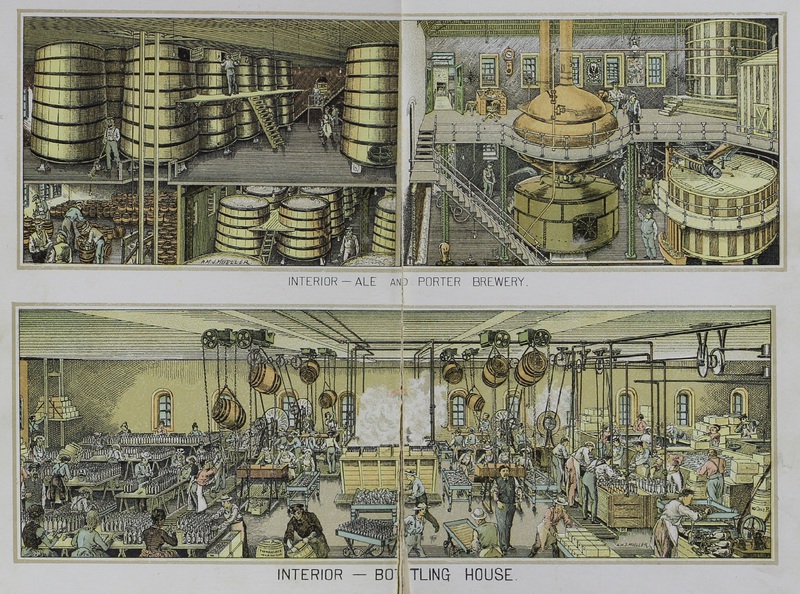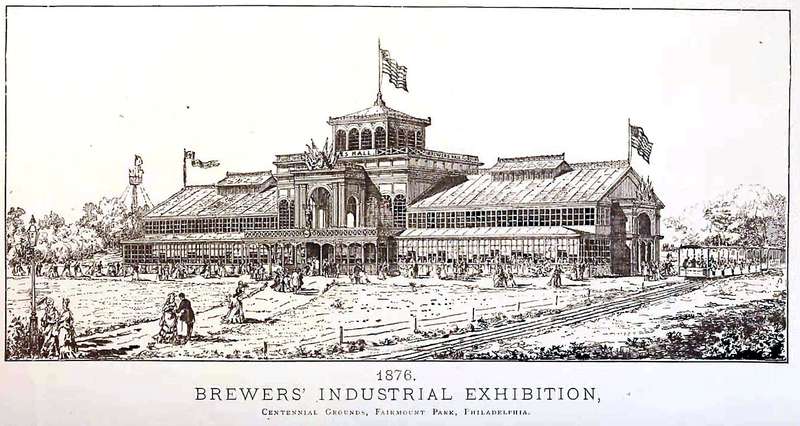The Industry Grows
The Brewers Industrial Exhibition was part of the Centennial Exhibition, the first official World’s Fair in the United States. It was held in Philadelphia, Pennsylvania in 1876 and over ten million Americans attended. The exhibits provided by the United States were meant to demonstrate its industrial power, and the brewer’s building was a mark of the rise of the industry. The innovative technologies that some brewers were using were sophisticated enough to be a point of pride for the nation.
A Treatise on the Art of Brewing demonstrates the shift toward larger batch brewing with more industrial methods. As seen in the frontispiece to the left, beer in this era is brewed using a more sophisticated system.
More sophisticated instruments were used throughout the process. To determine the quality of the malt, for example, brewers used a saccharometer, which “indicates the specific gravity of the fresh wort before it begins to ferment." Saccharometers are still used today in production of both beer and wine. Another example is how the malt was crushed. A mill was used, grinding “six or eight quarters of malt per hour, in a very perfect manner." Using the mill was much more prolific than the method used by many home brewers, who broke up malt using two stones.

Brewing at Home

Bergner & Engel Brewing: An Example of the Times


